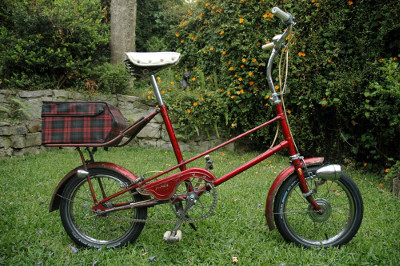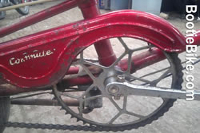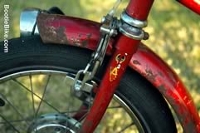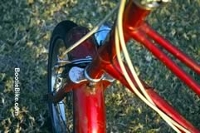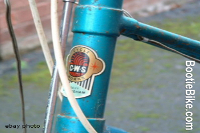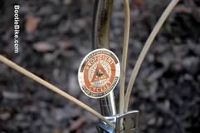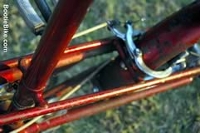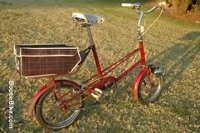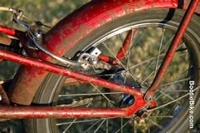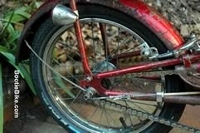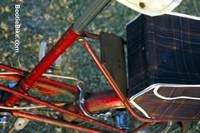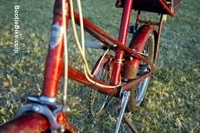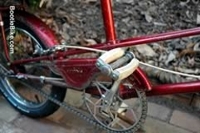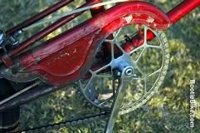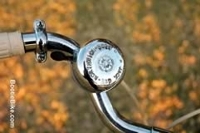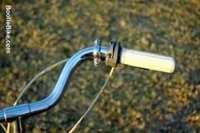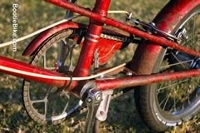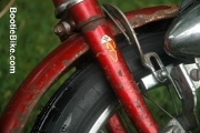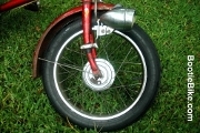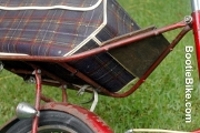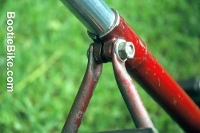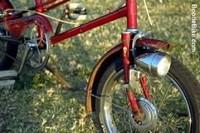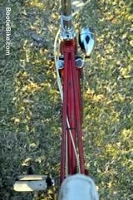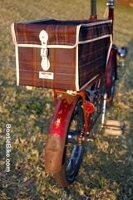1960s CWS Commuter
The Birmingham Co-op's small-wheeler
Lucky you! Today you'll be learning about the CWS Commuter, a small-wheeler made by the Birmingham Co-operative Wholesale Society (CWS) in the latter half of the 1960s. CWS (now part of the Central England Co-operative) was one 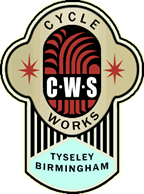 of many cooperative societies, or 'co-ops', with a long history of selling all sorts of everyday goods. Back in the day the Birmingham Co-op sold a full range of bikes and was especially well known for its tradesman's bikes. The Commuter was the Co-op's answer to the Moulton and the other small wheelers that followed it.
of many cooperative societies, or 'co-ops', with a long history of selling all sorts of everyday goods. Back in the day the Birmingham Co-op sold a full range of bikes and was especially well known for its tradesman's bikes. The Commuter was the Co-op's answer to the Moulton and the other small wheelers that followed it.
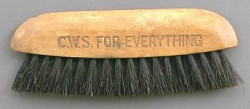
When CWS introduced a small wheeler it decided not to compete directly with the sophisticated Moulton. As with nearly all the other manufacturers, it wouldn't have had the resources to design a direct competitor, so it chose something simpler that still looked the part.
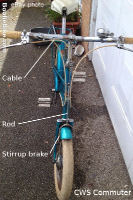
CWS was clearly on the same wavelength here as Raleigh (which, alone among all the makers, did have the resources…) with its RSW 16, but the two bikes are very different. They shared the same small wheel/fat tyre combination (305 ETRTO) and proportions, but unlike the RSW (or any other small wheeler I know of) the CWS had a mixte-style frame with cast lugs. A large bolt-on rear rack imparted the required Moulton-ish look and some welcome practicality.
Apart from the frame, the CWS Commuter is notable for its brakes – stirrup (rod) brakes operated by both cables and rods (see the blue Commuter pictured here). Commuters were also mostly fitted with a trigger-type gearchange and separate handlebar/stem combination. The red example featured on this page, being a late example, has caliper brakes, a Raleigh RSW-style stem/handlebar combination and a twist grip control for the gears. This all seems original but I am yet to see another so fitted.
This example
The Sturmey Archer AW hub on the featured Commuter is dated October 1969, so I think it is a very late example (if you know when they started and stopped making them please tell me!). Its distressed condition suggests a narrow escape from recycling or landfill, but beyond the years of neglect one can glimpse the original flamboyant red finish with gold pinstriping – a reminder of the days when fancy paint and transfers were a showroom necessity.
I'm happy to note that this bike appears to have earned its keep before being cast aside, with plenty of wear in the telltale places. Now, with the scheduled 50-year major service under its belt, it's a workhorse once more. Maybe it will get fresh paint and nice new chrome rims next time round. That sorry-looking rear guard is original, but it seems a size too big; I bet there's a story behind that – maybe CWS obtained a job lot of the next larger size. Up front is a dynohub and fork mounted headlamp, which I think looks fabulous next to that tiny wheel. Note the 'A' transfers on the forks – I know CWS Commuters were sometimes sold under different brand names, and I think that's the case here.
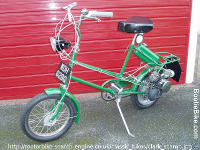
As with the Bootiebike Raleigh RSW, I originally fitted this bike with Schwalbe Big Apple tyres (as seen in most of the photos here) – and regretted it. Apart from looking out of place, and producing a bumpy ride no matter how low the pressure, they gave the bike a slight 'dropsy' feeling, as if it wanted to flop to one side or the other. Now it is fitted with NOS Michelins of the correct type (but in black – usually they're white) it is much better to ride. I think it's well worth getting the original-type tyres.
On the road
The Commuter is stable and comfortable enough, but like all small wheelers it's definitely a 'two hands' bike. It feels a tad lighter and more lively to handle than the RSW, but somehow lacks that bike's solid, indestructable feel. Those unusual (for a CWS Commuter) but relatively practical caliper brakes are up to the job, without being overly confidence inspiring. I like the twist grip gear change; the old Sturmey Archer twist grips seem to cop a bit of criticism, but this one works very well; crisp and precise. In contrast, the twist grip on the Bootiebike Raleigh RSW can be vague and finicky.
Before concluding, I’d like to present this little interesting little titbit about the CWS: The Commuter (like the Raleigh RSW), has the distinction of being used as the basis for a moped. It was in March 1968 that the Clark company, a maker of masts, released their half-baked foray in the field of motorised transport, the very nifty looking Clark 'Scamp'. However, the machine was so underdeveloped and troublesome that they soon saw the error of their ways and withdrew from the market. A distinction of this distinction is that many unsold Scamps were converted back to bicycles.
Truth is stranger than fiction, as they say…

